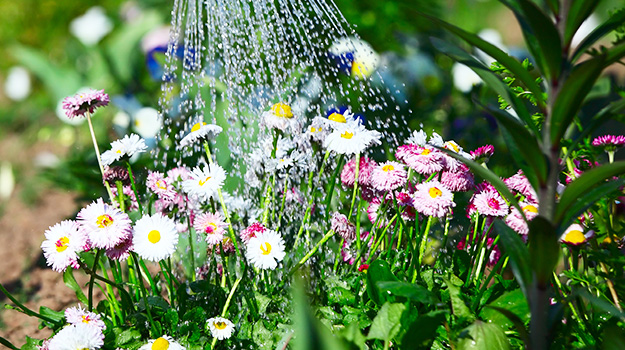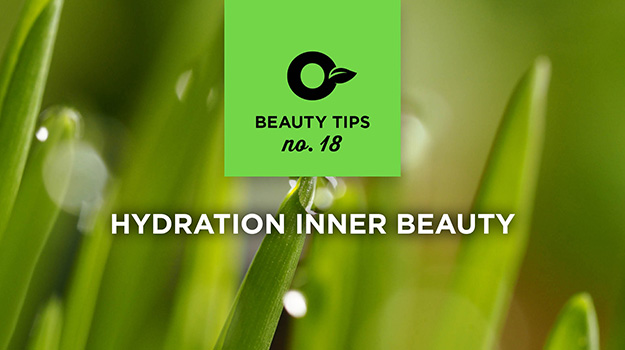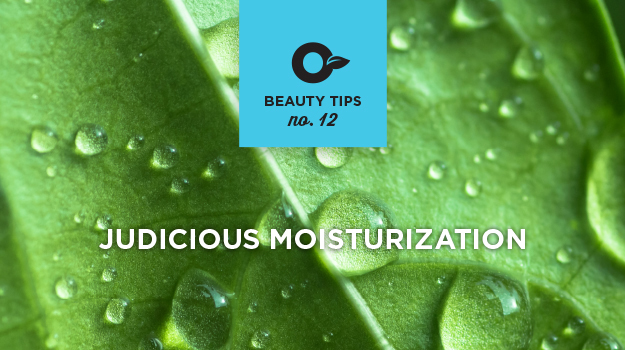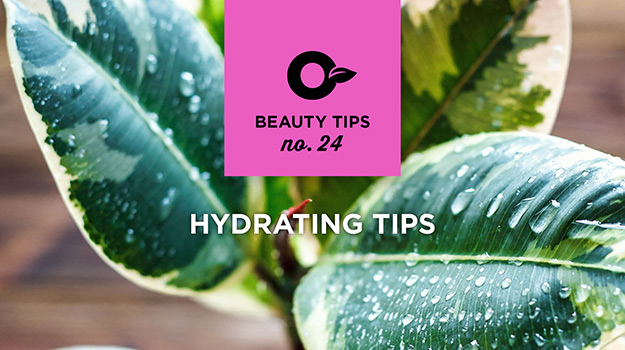
By Mark Cullen
When the summer heat hits home, we are driven to apply water to our garden. Everybody knows that plants need water, right? Well, yes, but not too much. Allow us to offer some advice that will save you time and effort.
Plants need to dry out
The hostas that are flowering to beat the band in your backyard right now are masters at sequestering water in their thick, fleshy roots. It takes a lot of dryness for them to droop. The same can be said for many of the perennials and shrubs in your garden. We look to hydrangeas for a signal that the ground is so dry that the garden would benefit from a soak. And therein lies another key to watering success! After waiting for the appropriate time to add water, make sure that you water deeply and apply it late in the day to avoid excess evaporation.
Plants are conditioned to need water by the frequency with which we apply it. Frequent watering produces shallow, lazy roots that hang around the surface of the soil waiting for the next drink. The roots of plants that you allow to dry between watering dive deep into the soil, with their roots seeking moisture.
Soaker hose
When it is time to add water, we recommend that you apply it using a soaker hose, as it is the most efficient method of watering. Basically, a soaker hose ‘bleeds’ water out of its pores and slowly seeps water into the soil. It works best when it is buried under about 6 cm of finely ground up cedar or pine bark mulch. To know when you have applied enough water just push your finger into the soil. If it is wet down to your second knuckle, you are done. There are two types of soaker hose: one made from recycled tires that works very well but will burst under high hose pressure and another made of synthetic material, which is stronger.
Plant close
When you ‘jam’ your planting, you block out much of the drying effects of sunshine, allowing for longer periods of time between watering. It sounds almost too simple to make sense, but it works. You will get a bigger show, faster too.
Rain barrels and watering cans
The old-fashioned method of applying water has a couple of things to commend it: watering by hand from a rain barrel targets water right where it is needed most (very little is wasted). Of course, that rain barrel water is warm this time of year and most of your plants really appreciate that. Rainwater becomes charged with oxygen as it falls from the sky: tap water contains much less oxygen, which is something that all plants thrive on.
Finally, there is the ‘miracle of mulch’. When you spread 5 to 6 cm of shredded pine and cedar mulch over your garden soil around perennials, roses and other permanent plants, you insulate the soil from the drying effects of the sun. The result can be a dramatic 70% reduction in the amount of water needed and better performing plants, which are not stressed out between applications of water.



